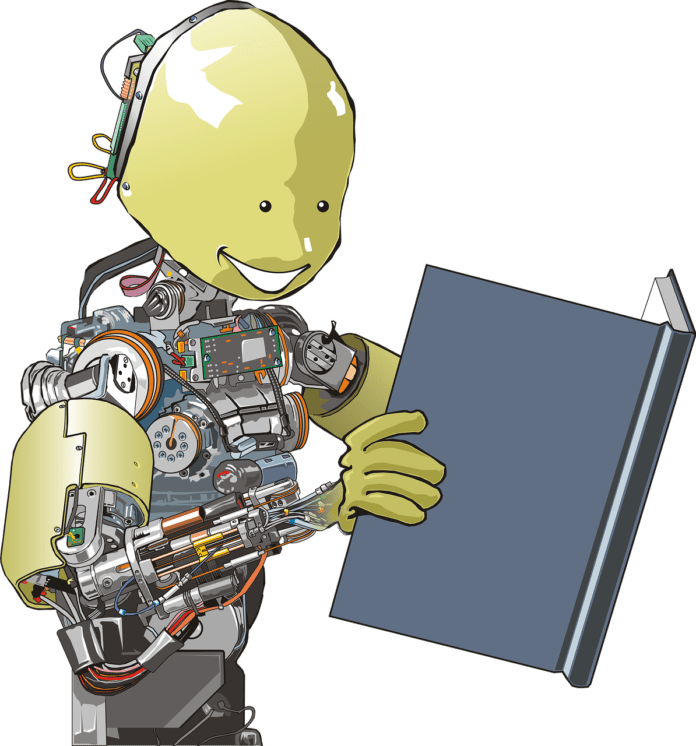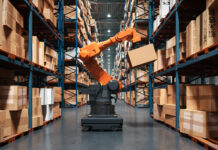
We often think of smart homes in the terms of what is inside of the structure, after the foundation is built. Smart homes can be so much more than that, though, and we are getting a glimpse of how the definition of “smart home” can be expanded in the future.
A house isn’t just what is on the inside; it starts with a blueprint and materials. Up until now those aspects of the homebuilding process have largely relied on hundreds of hours of labor from humans. What if it didn’t, though? The technology behind smart home products is being advanced for different industries, as well, such as construction. The use of 3D printing is still in its infancy, but there have been a lot of experiments that prove it is something worth being excited about.
One of those applications that has been getting press lately is 3D printing of houses. Yes, full houses, built with a 3D printer in a fraction of the time it takes human labor and a fraction of the cost it takes in raw materials. While not a perfect process yet, there is a lot to look forward to as this industry grows.
3D printing can be used to make traditional and custom homes, homes for off-the-grid living, and also to make homes in low-income areas in the United States and around the world. Some even have lofty ideas of sending these 3D printing robots to other planets to help colonize them before humans make their journey there for permanent living.
Using a 3D printing robot to build homes is also great for the environment. There is a major reduction in the amount of material waster as well as in emissions.
Additionally, 3d printing of homes takes much less time in general. While a traditionally construction home could take several months to over a year, the companies experimenting with 3D printing of homes are able to construct in a day (give or take). The smaller the home, the less time it takes to print.
Homes that are 3D printed also allow for maximum, and nearly unlimited, customization. This can include materials, finishes and the overall look of the home, but it can also include building on difficult terrain, or for holding up against more extreme weather conditions.
If you’re thinking that this type of construction is going to take jobs away from people, I think you need to expand your thinking. First of all, there is still a need for a human touch. Most processes are still using a human for the installation of some things, including plumbing and electrical systems. Another great point is that the use of this technology that removes some of the physical demands of the job actually open up the industry to more people, including those that can’t stand or do heavy lifting due to age or disability.
For now, of course, there are limitations. 3D printing robots don’t have an unlimited range for sizing, and they also can’t necessarily do all of the work. Right now, this technology allows for the building of homes that are smaller in size; mansions aren’t quite within reach using 3D printing (yet).
To see how else artificial intelligence is taking over our daily lives read Digital Assistants Set Sights on Gadget Domination.




